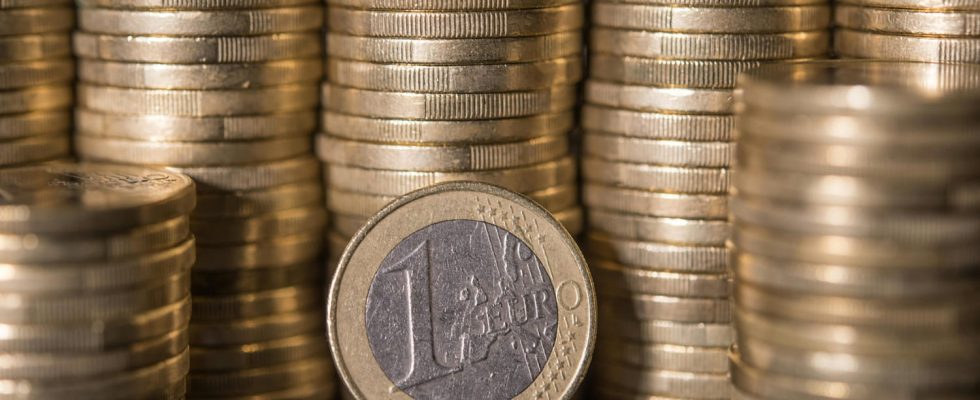It’s time to keep your eyes peeled! One of your coins may be worth much more than its face value. Here is the detail to identify.
It’s time to stock up. From your wallet to hidden corners, have you thought about scrutinizing every cent, every euro. Indeed, one of them could be worth a small fortune. To find out, you just need to sharpen your gaze and analyze the room in its entirety. A particularity could well make the difference. Indeed, before landing in your wallet, euros travel a long journey. Produced en masse, they pass from hand to hand, some unaware of their real value.
In addition to the number it displays, the valuation of a coin can sometimes go up to several zeros. But how to check it? Arm yourself with a magnifying glass and sift through your money. Each outline, letter, drawing, relief can be a clue. The objective is to detect if you have a so-called “faulty” part. More simply, it is a typing error. As relayed by the Gold Union website: “The coins are printed automatically, according to a predefined model. It happens that certain minting elements go wrong, or that a technical problem occurs. Certain imperfections appear, more or less blatantly. These defects then contribute to the rarity of the piece, and increase the value of the item.” Most of the time, this manifests itself by off-center marking, approximate plating, poorly struck punches, excess on the listel or even broken corners. Here are some examples of highly sought-after pieces, according to the Économie News website.
The 2 euro coin “Mozart” with the deformed nose (Austria, 2006) : This coin, issued on the occasion of the 250th anniversary of Mozart’s birth, presents an anomaly on the portrait of the famous composer: his nose appears deformed, as if it had been flattened. This very rare typing error makes this piece one of the most sought after by collectors. Its value can reach several thousand euros, depending on its state of conservation.
The 2 euro coin “Élysée” with a misalignment of the stars (France, 2013) : This commemorative coin celebrates the 50th anniversary of the Élysée Treaty, which sealed Franco-German reconciliation. On some pieces, the stars surrounding the central motif are misaligned, creating an offset effect. This rather rare typing error makes this piece a sought-after collector’s item. Its value can vary from a few dozen to several hundred euros, depending on its state of conservation and the rarity of the error.

The 2 euro coin “Treaty of Rome” with the inscription “ELLYS” instead of “EURO” (Belgium, 2007) : This commemorative coin celebrates the 50th anniversary of the Treaty of Rome, which laid the foundations of the European Union. On some coins, the inscription “EURO” has been replaced by “ELLYS”, probably due to an engraving error. This extremely rare variant makes this piece a real treasure for collectors. Its value can exceed 10,000 euros at auction.
Although these are very specific copies, other coins, notably 1 and 2 euros, also have errors in the text or in the stars, such as double strikes or offsets. Although less rare than other errors, they similarly attract the interest of collectors and can sell for prices well above their face value. Claudie Pitaud, communications manager at Monnaie de Paris, also tells us: “Other errors can be looked for such as a design inversion. One of the euro zone countries had an unfortunate design inversion between the 1 and 2 centimes more than 15 years ago.” You will have understood, stay tuned.
